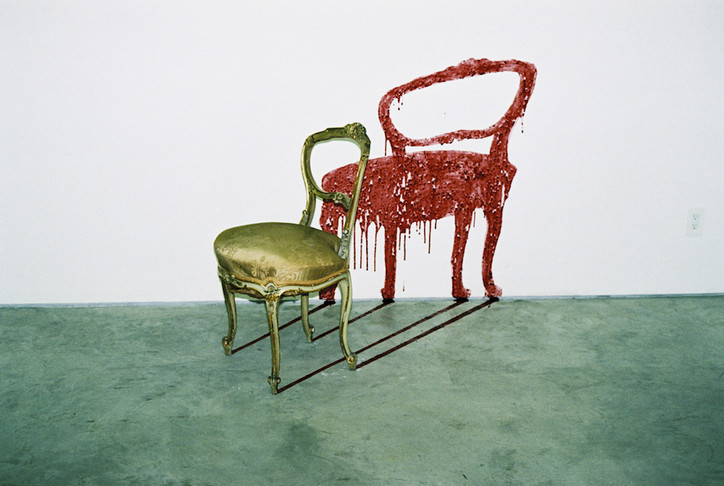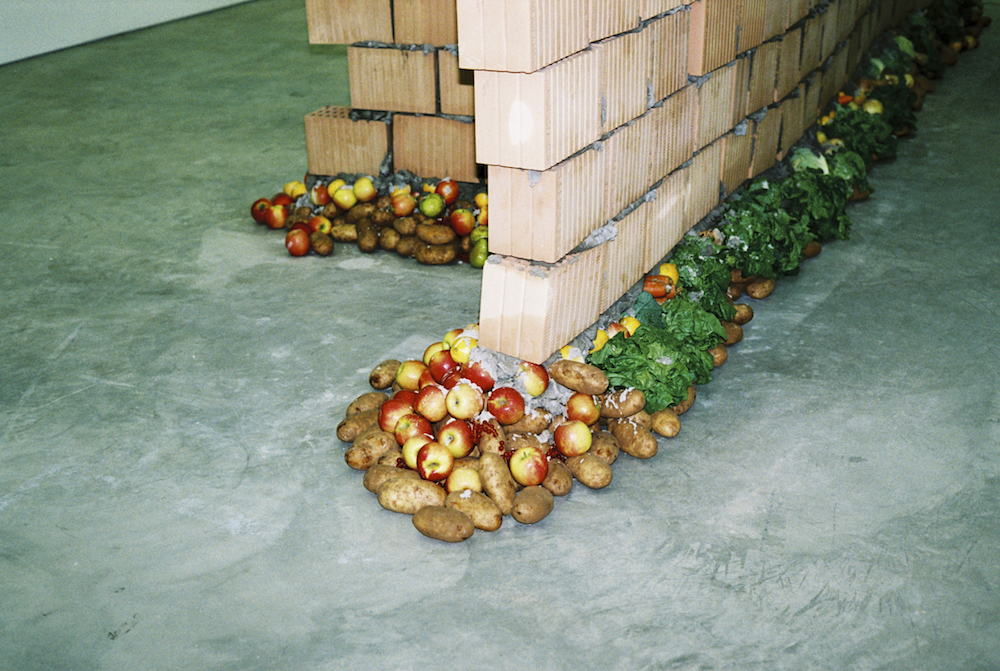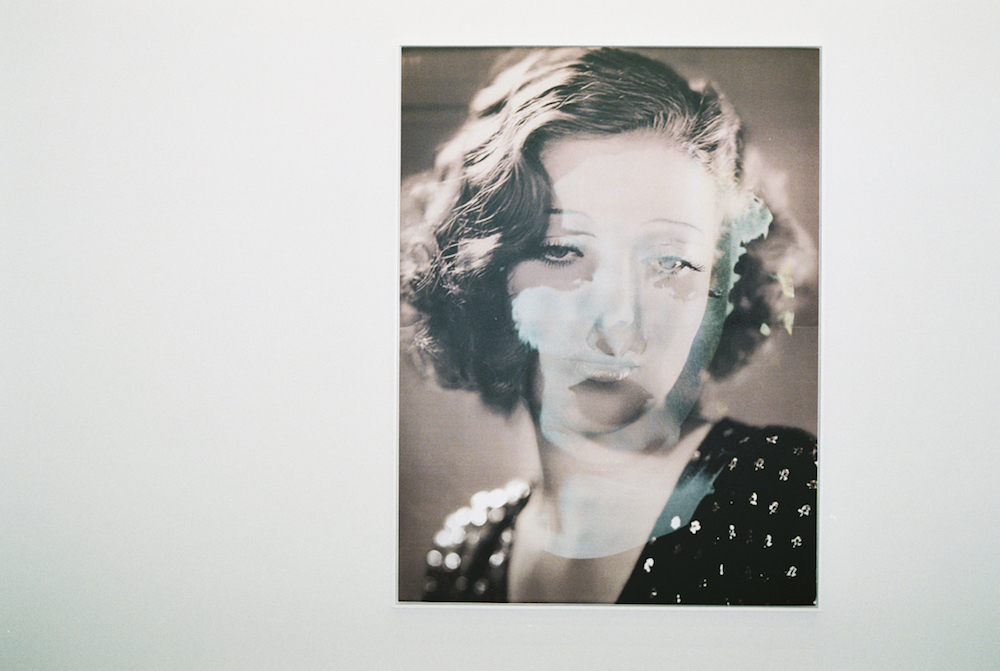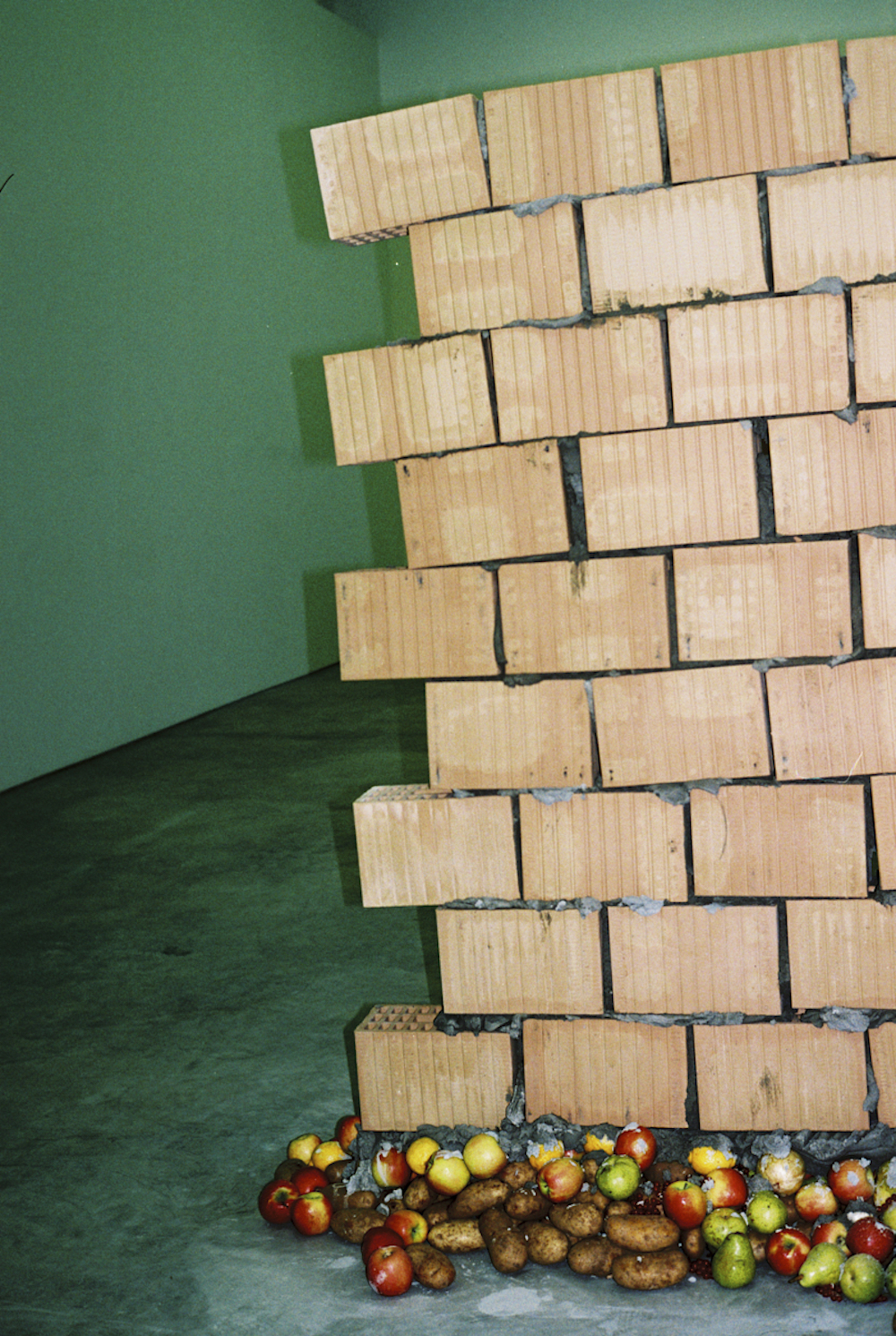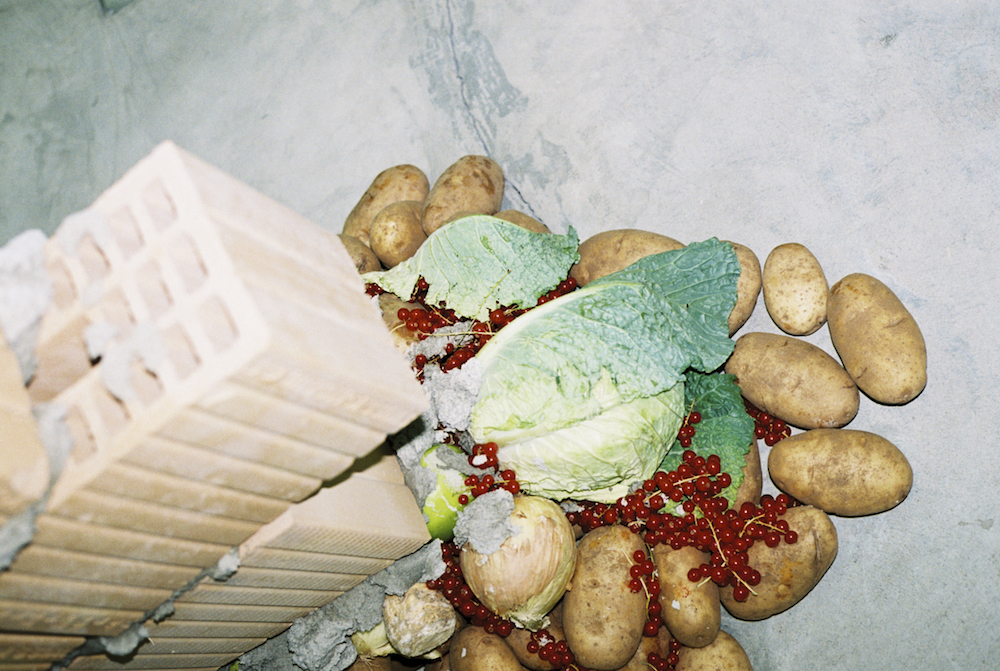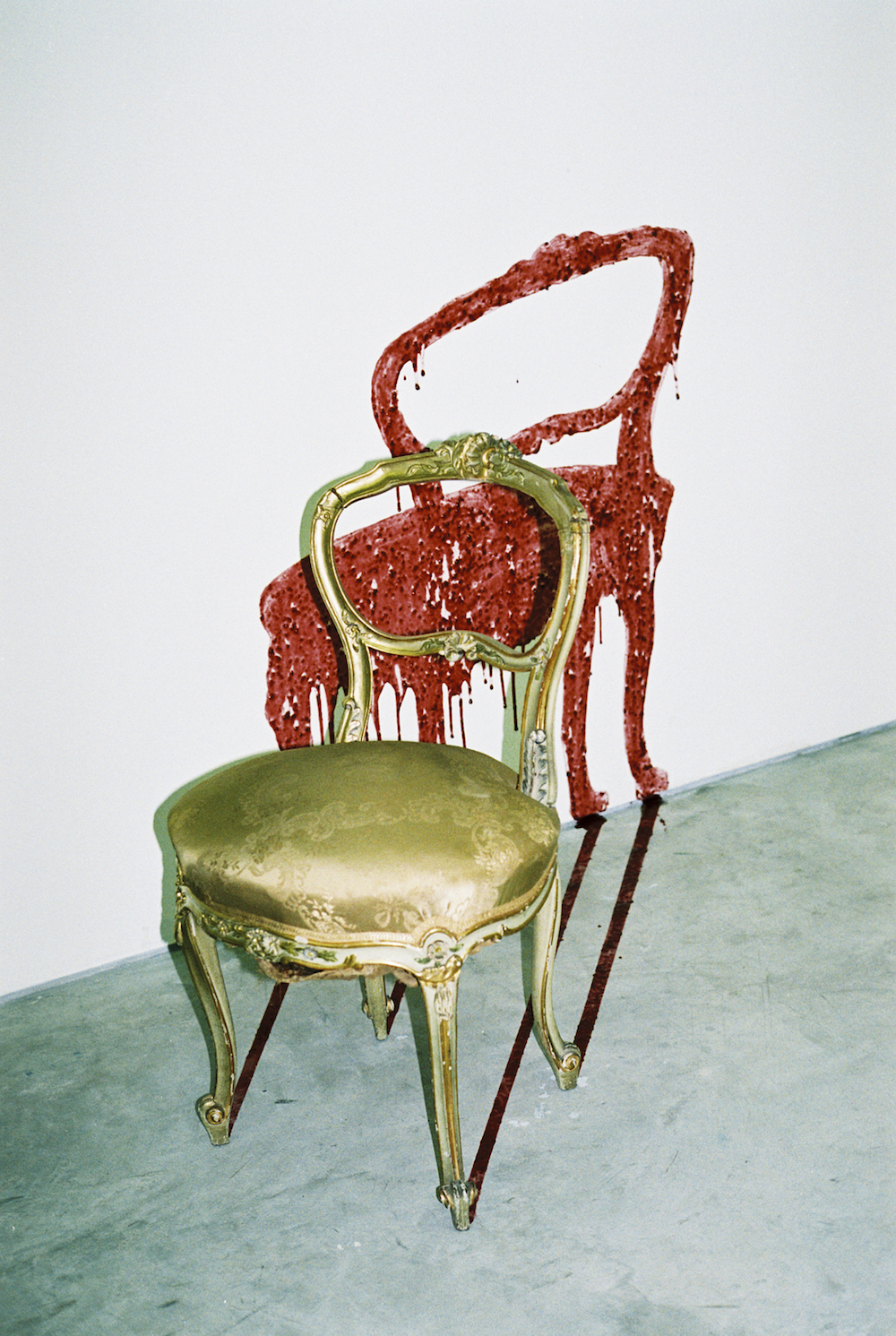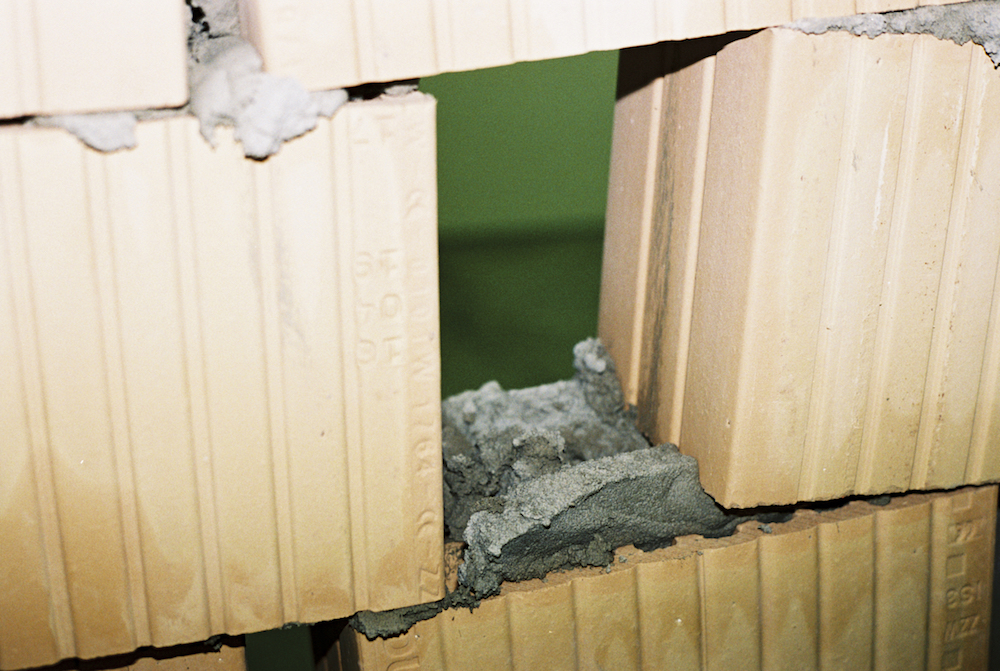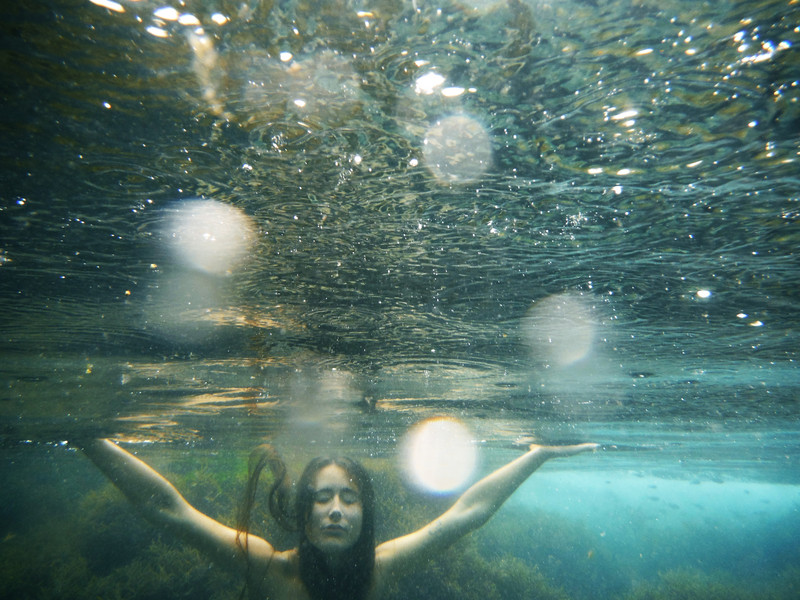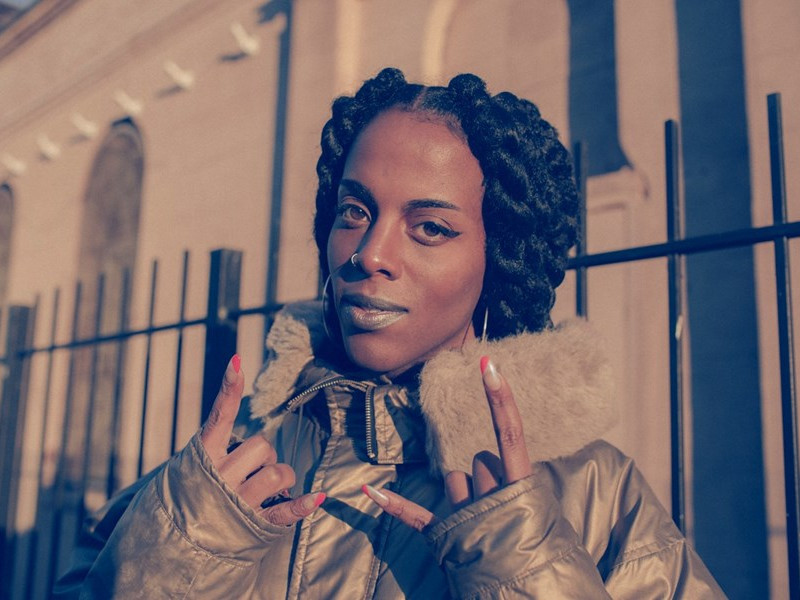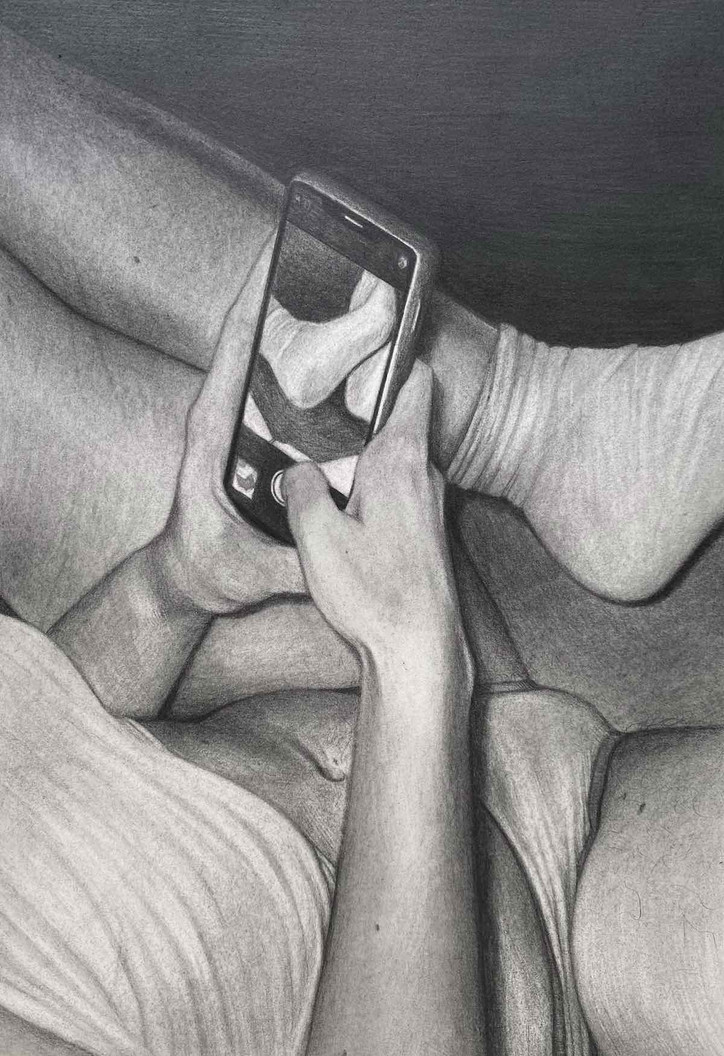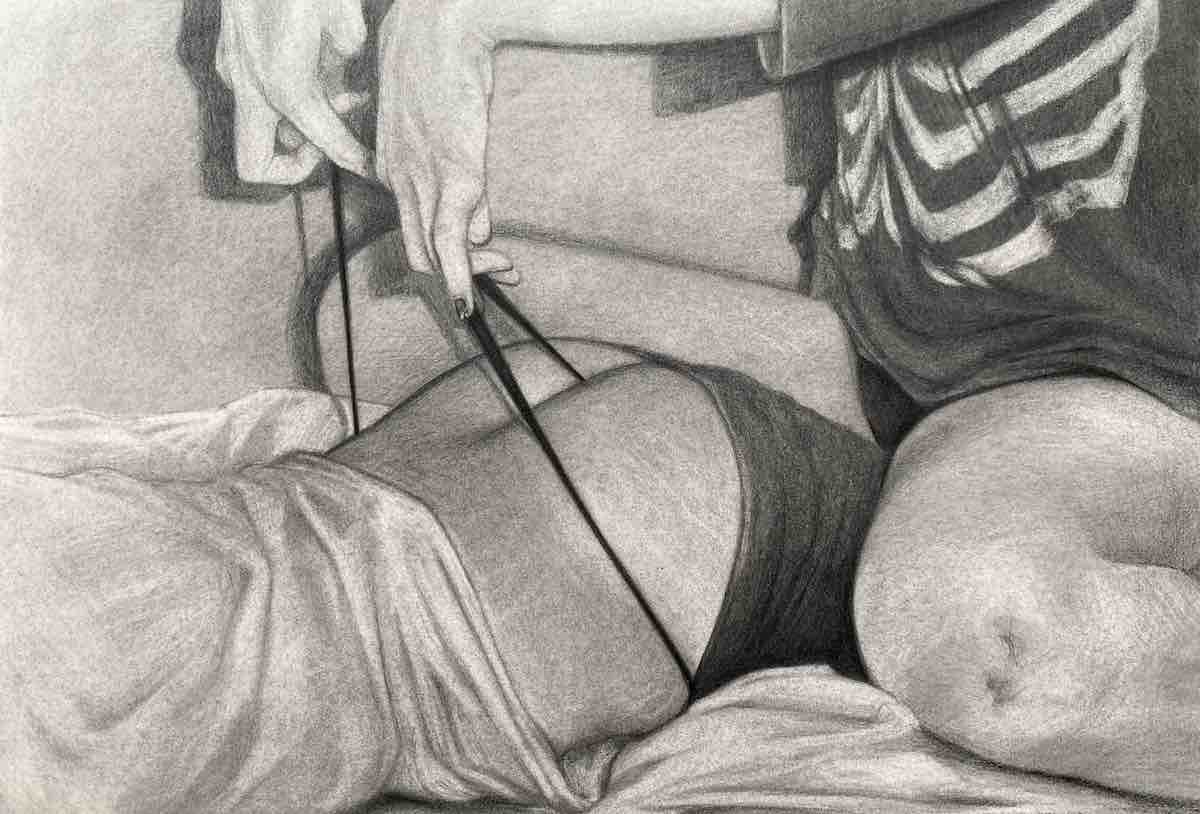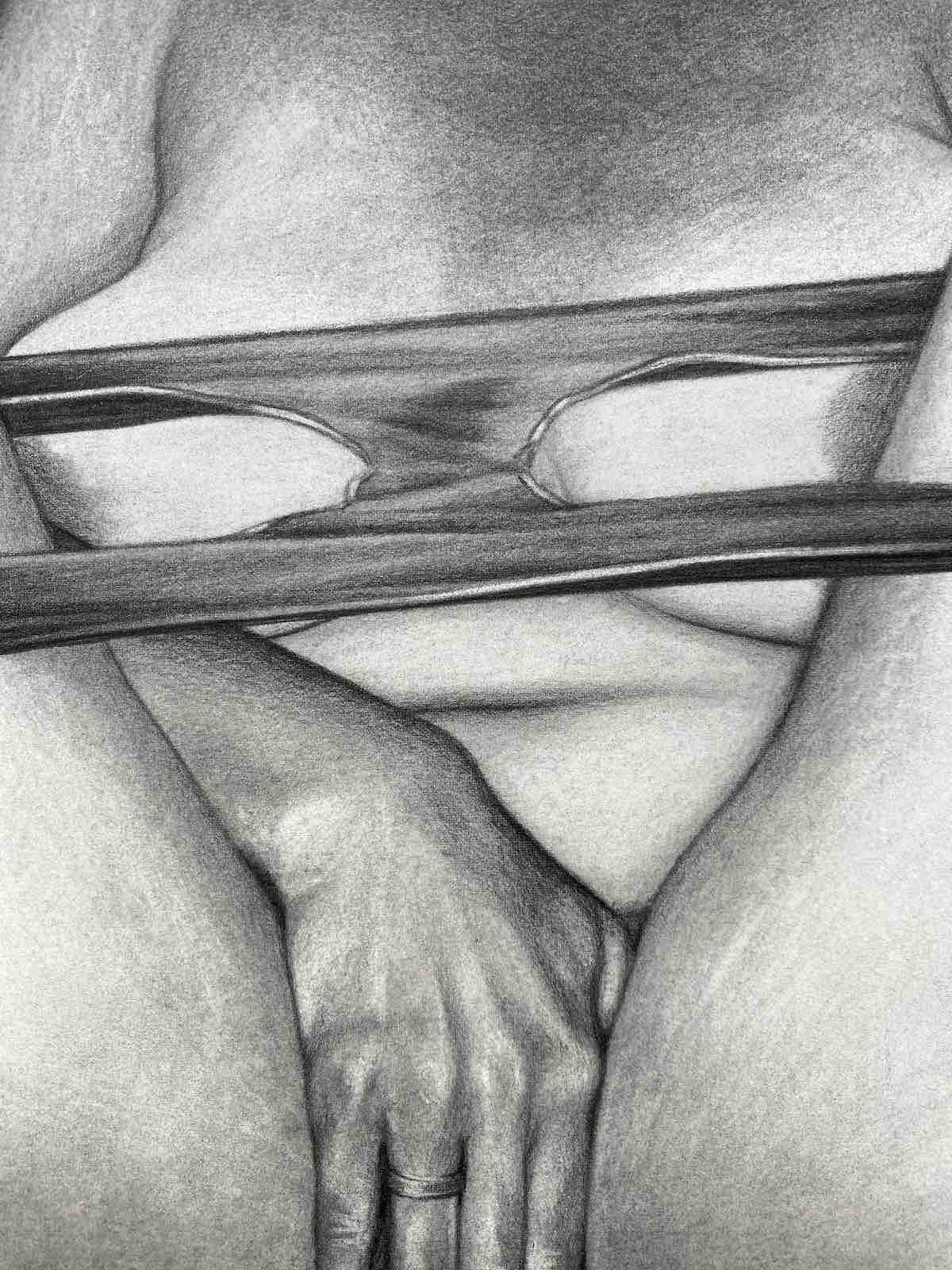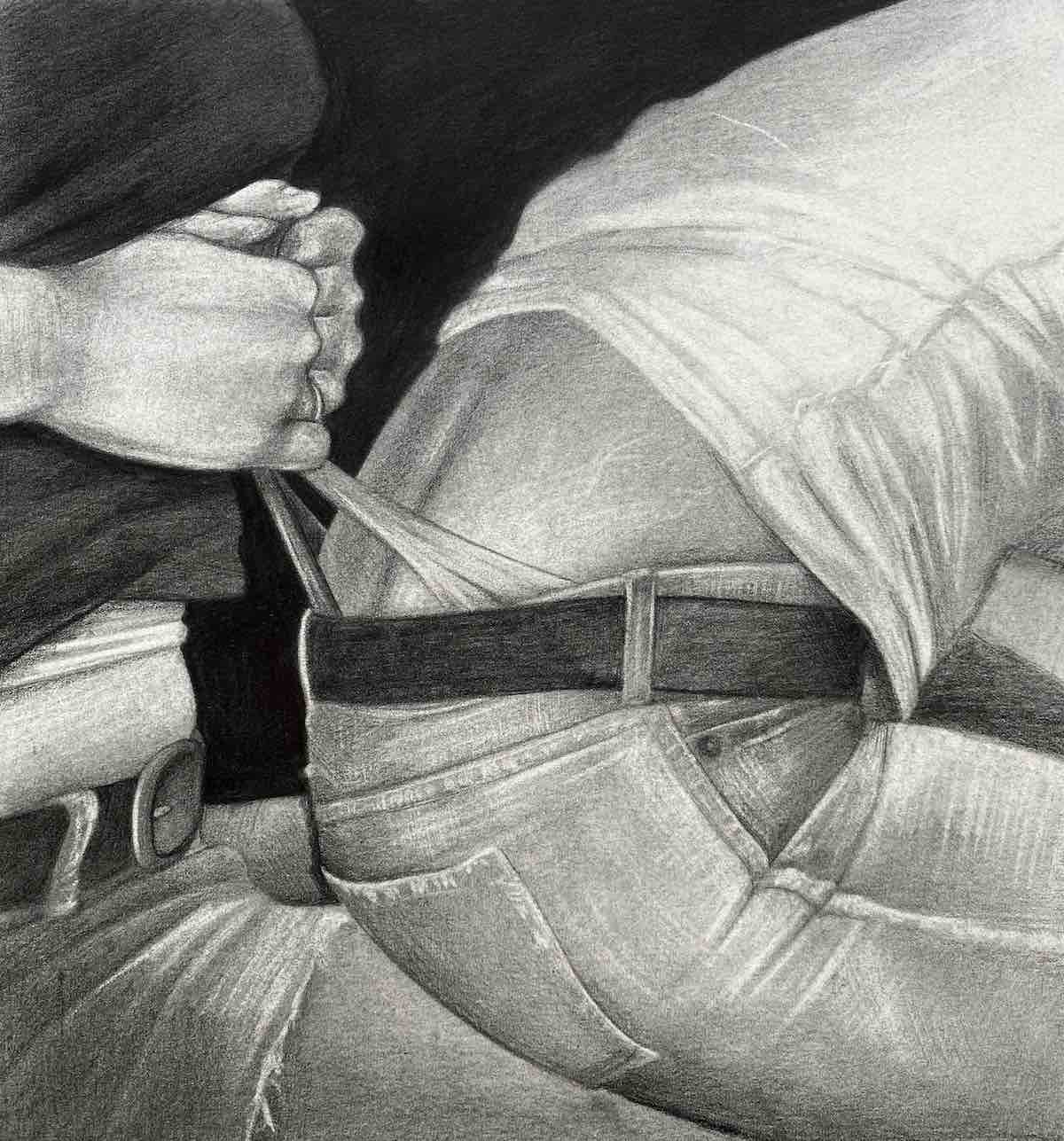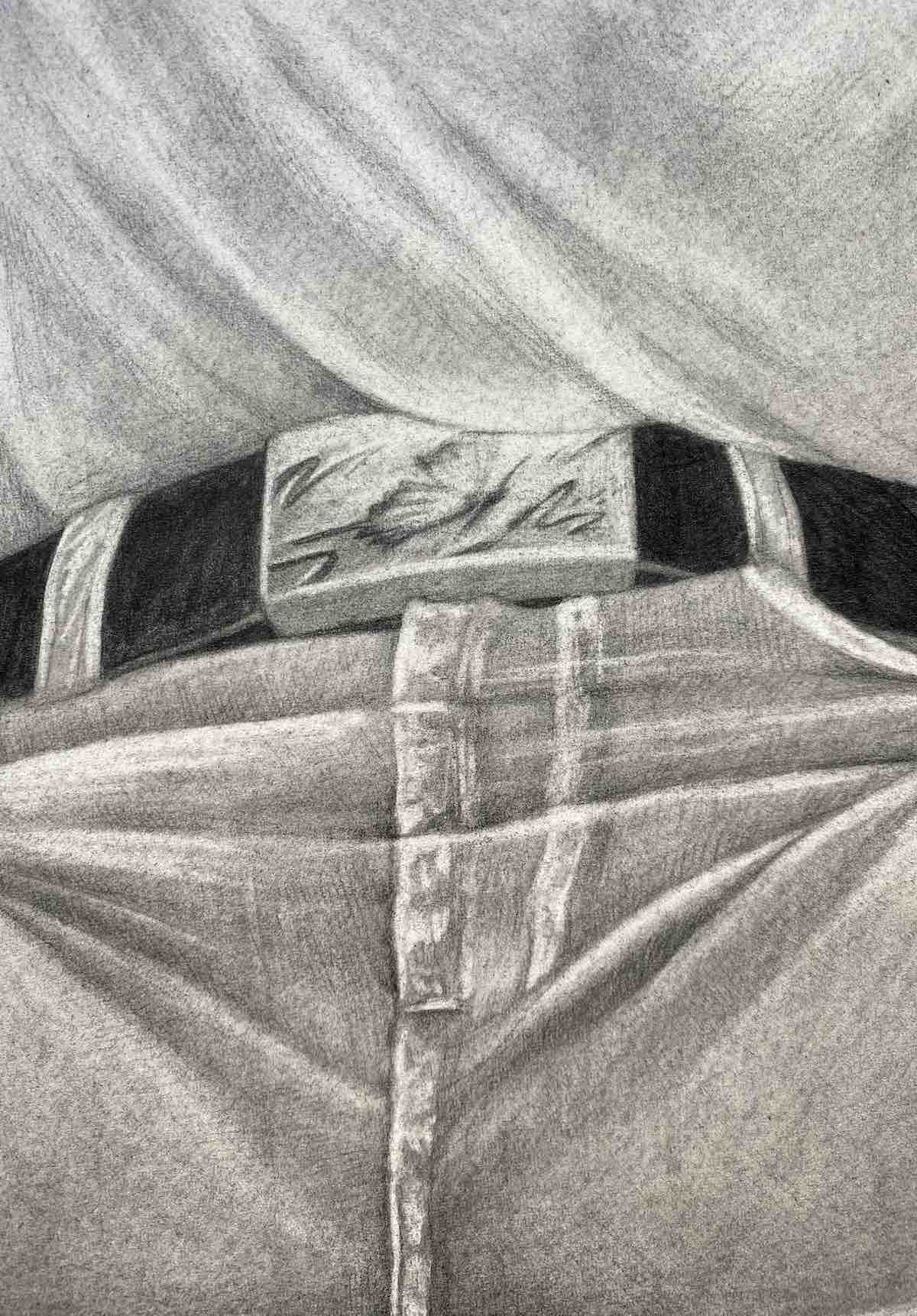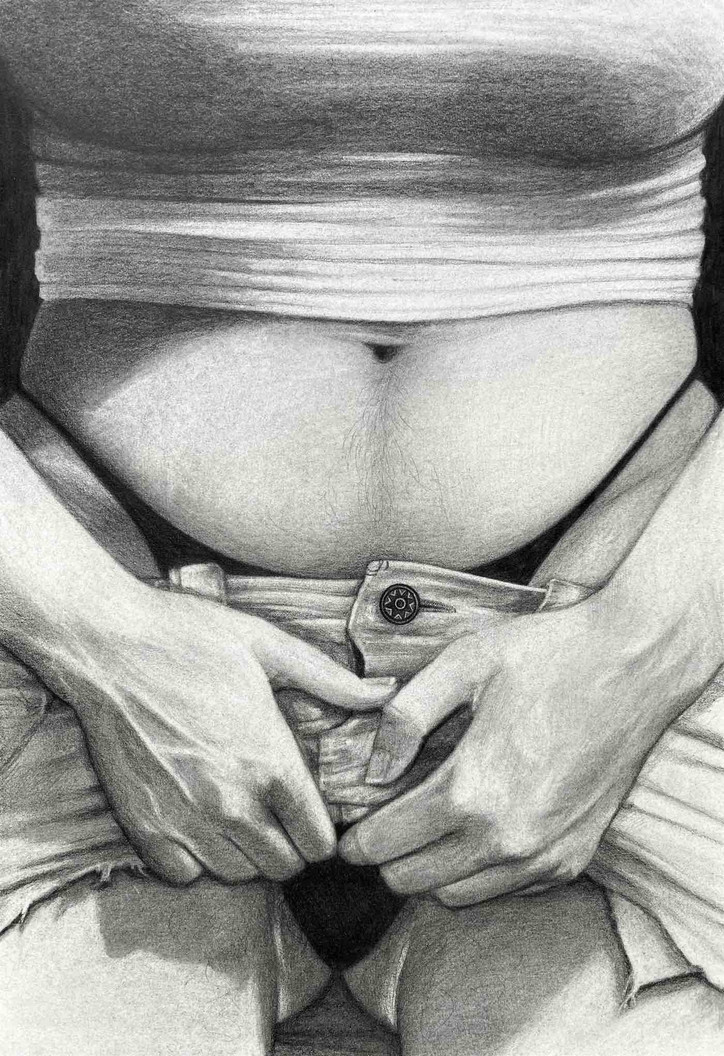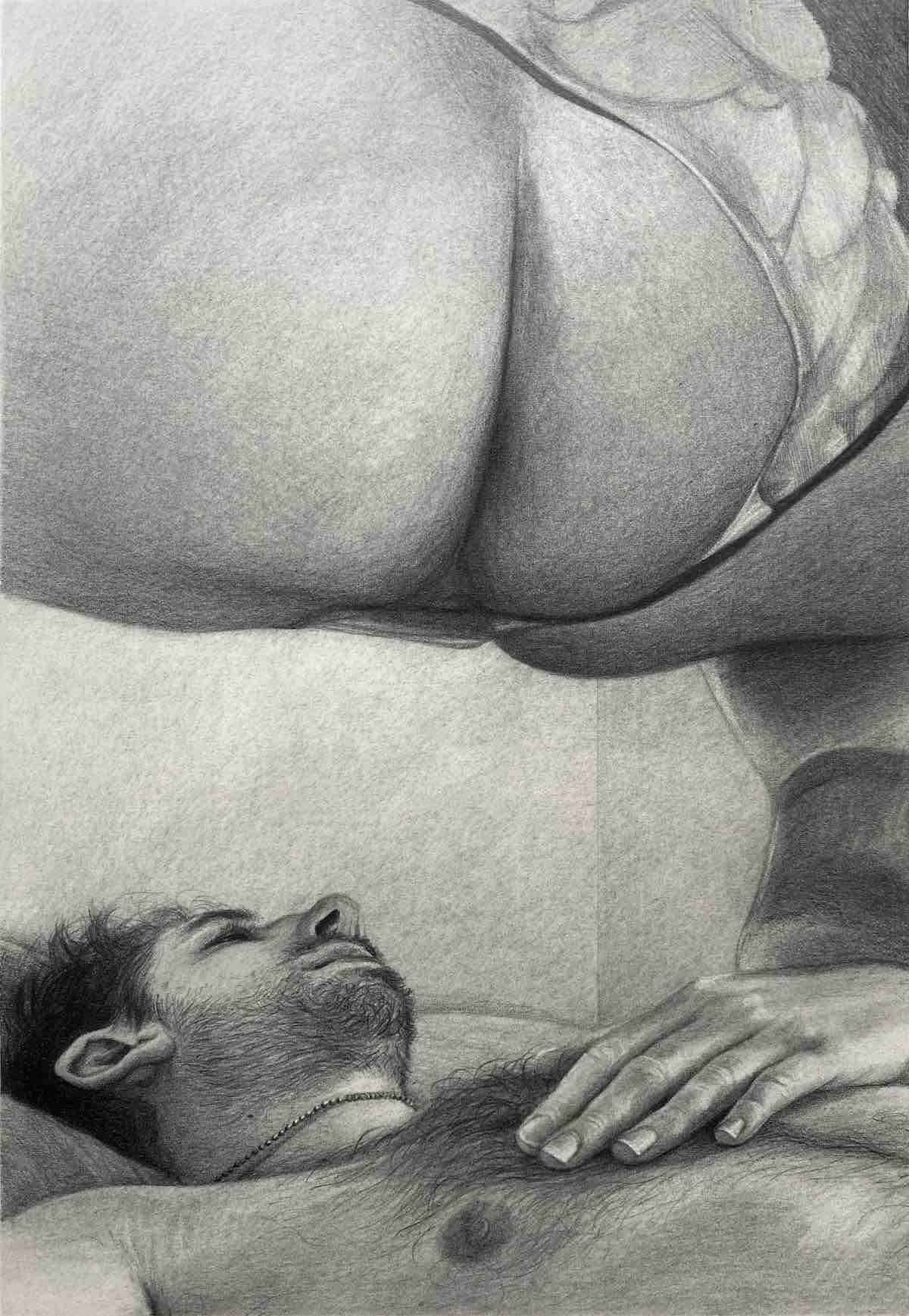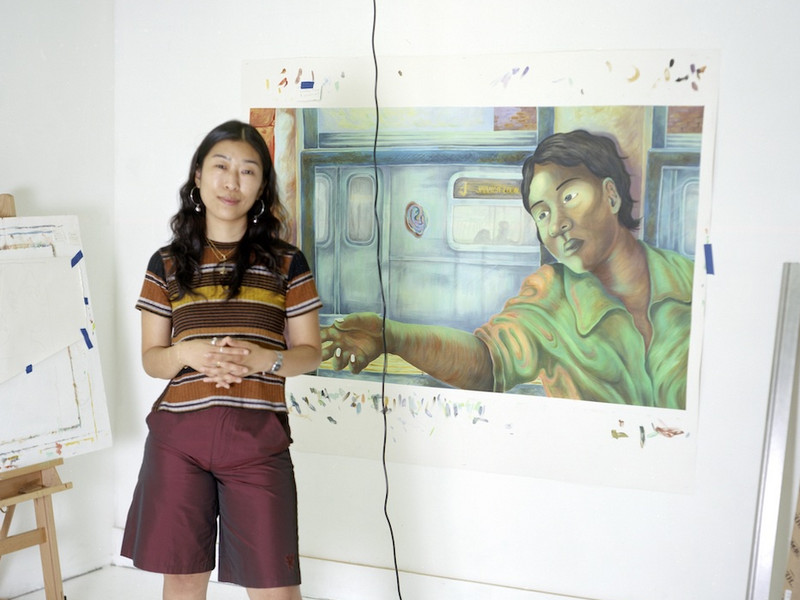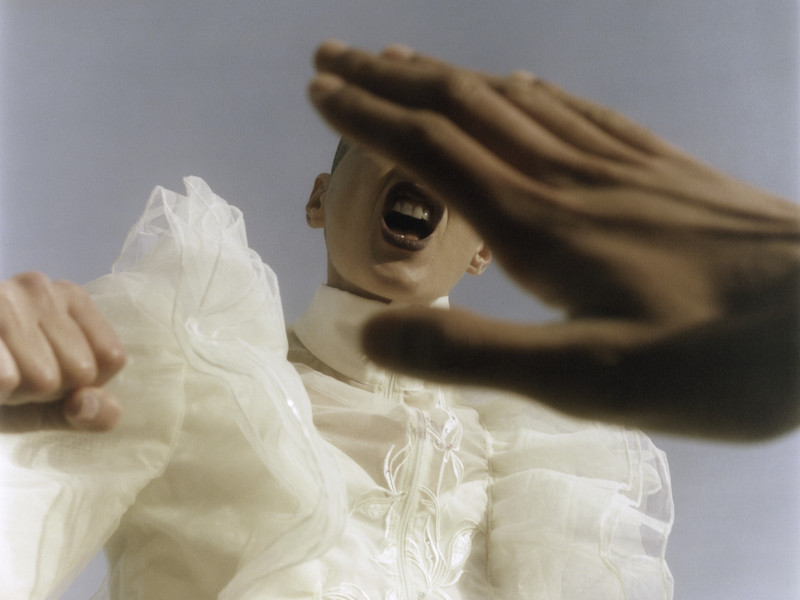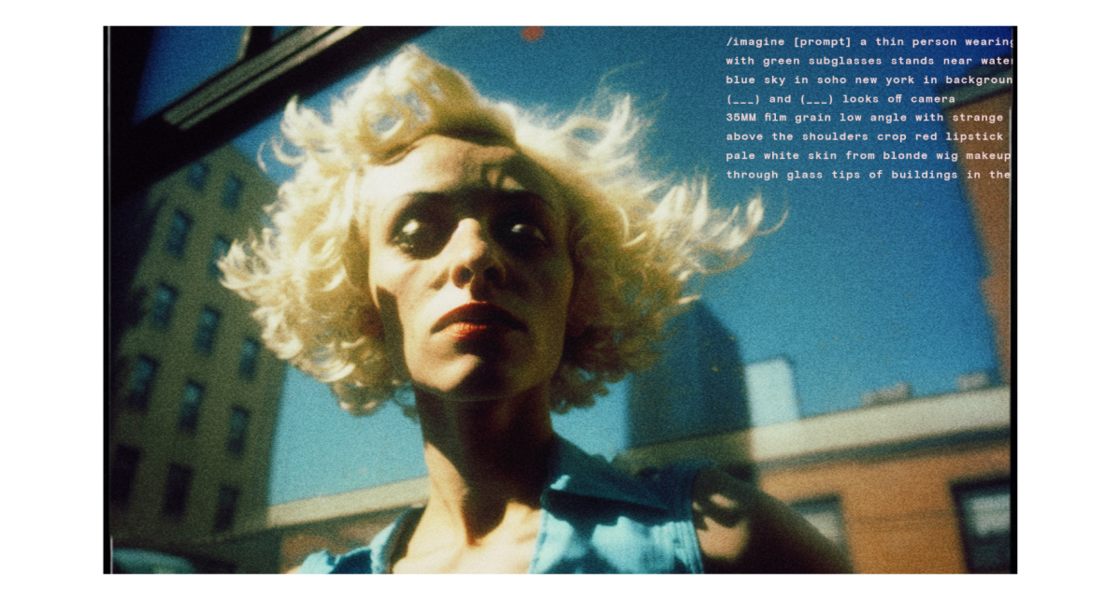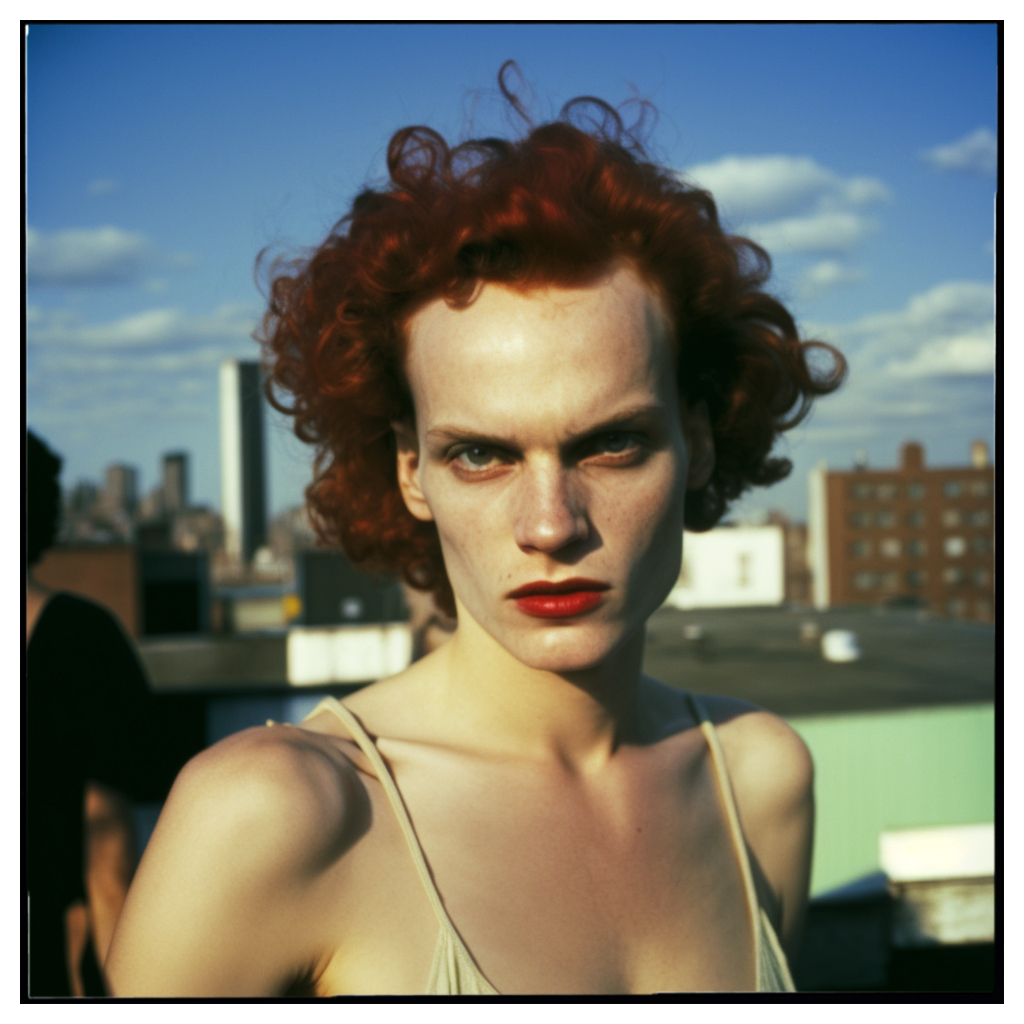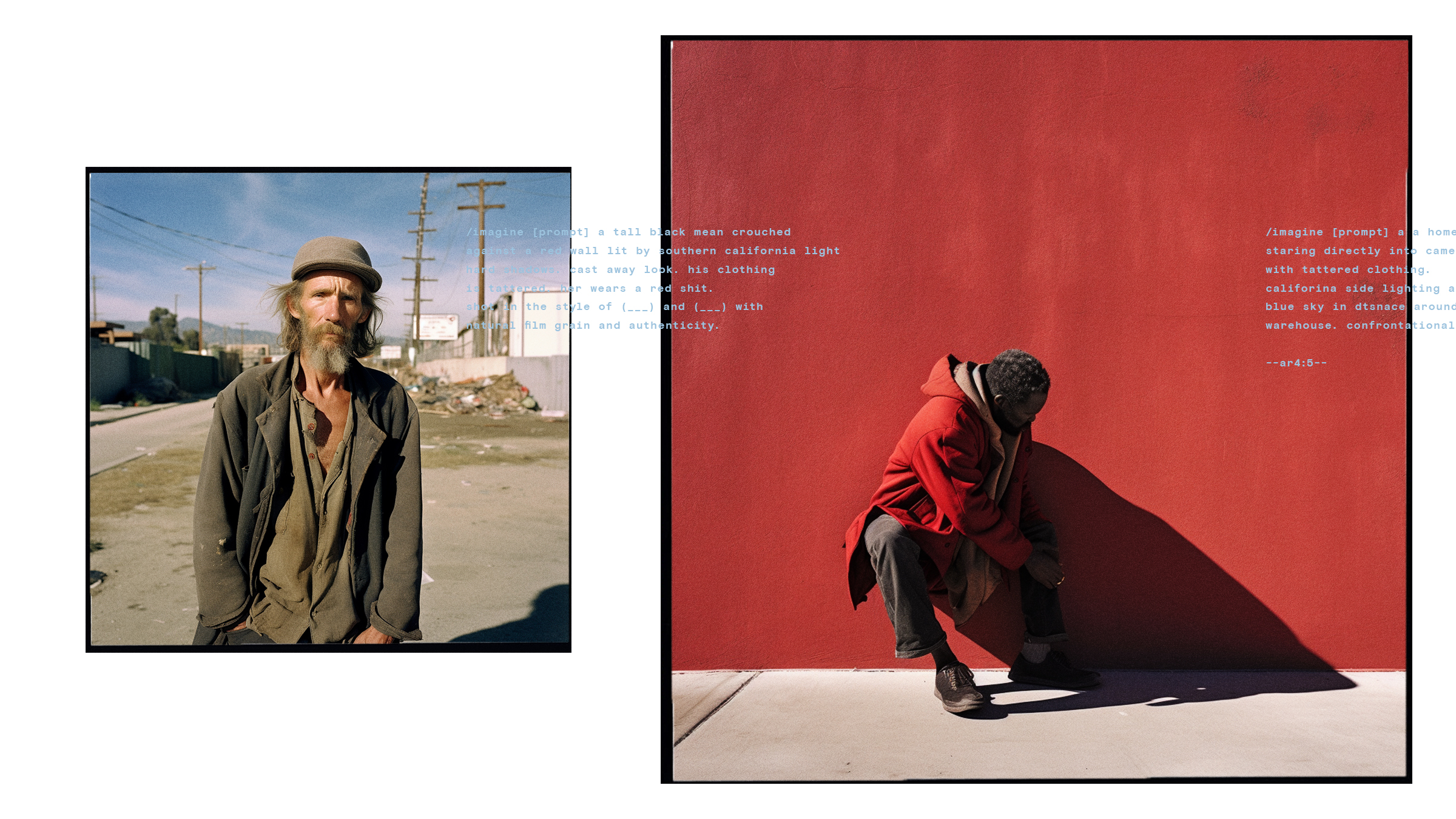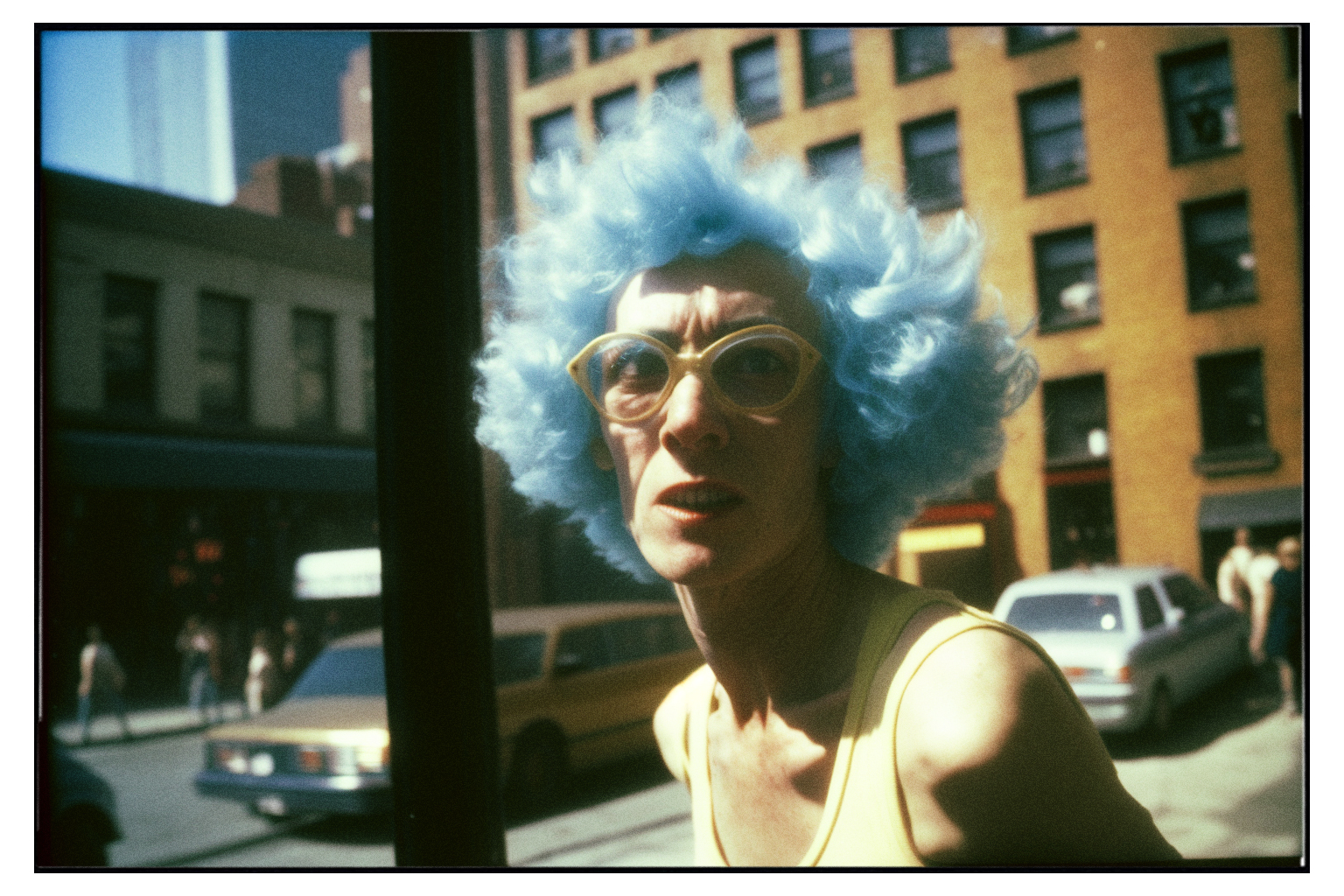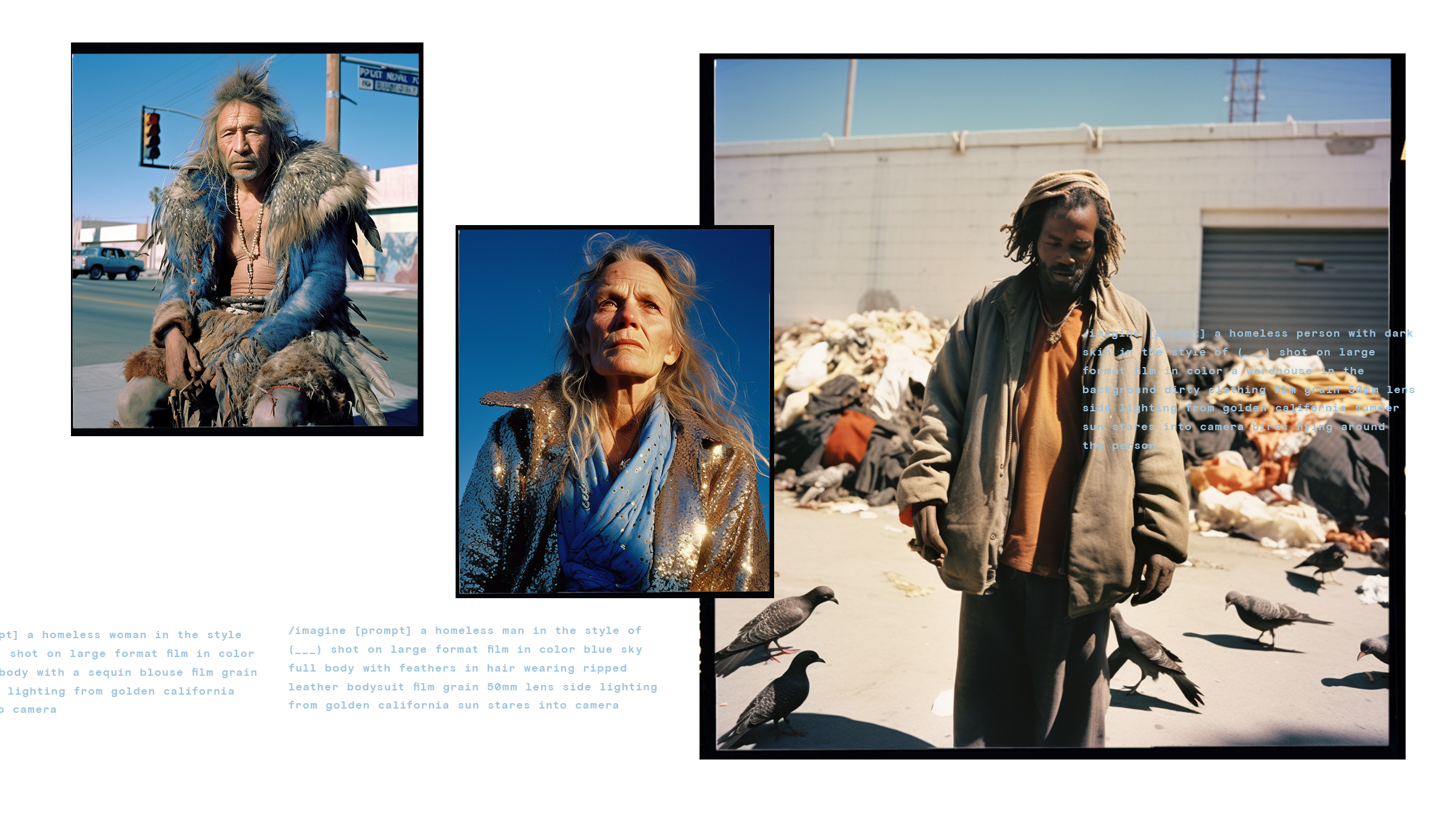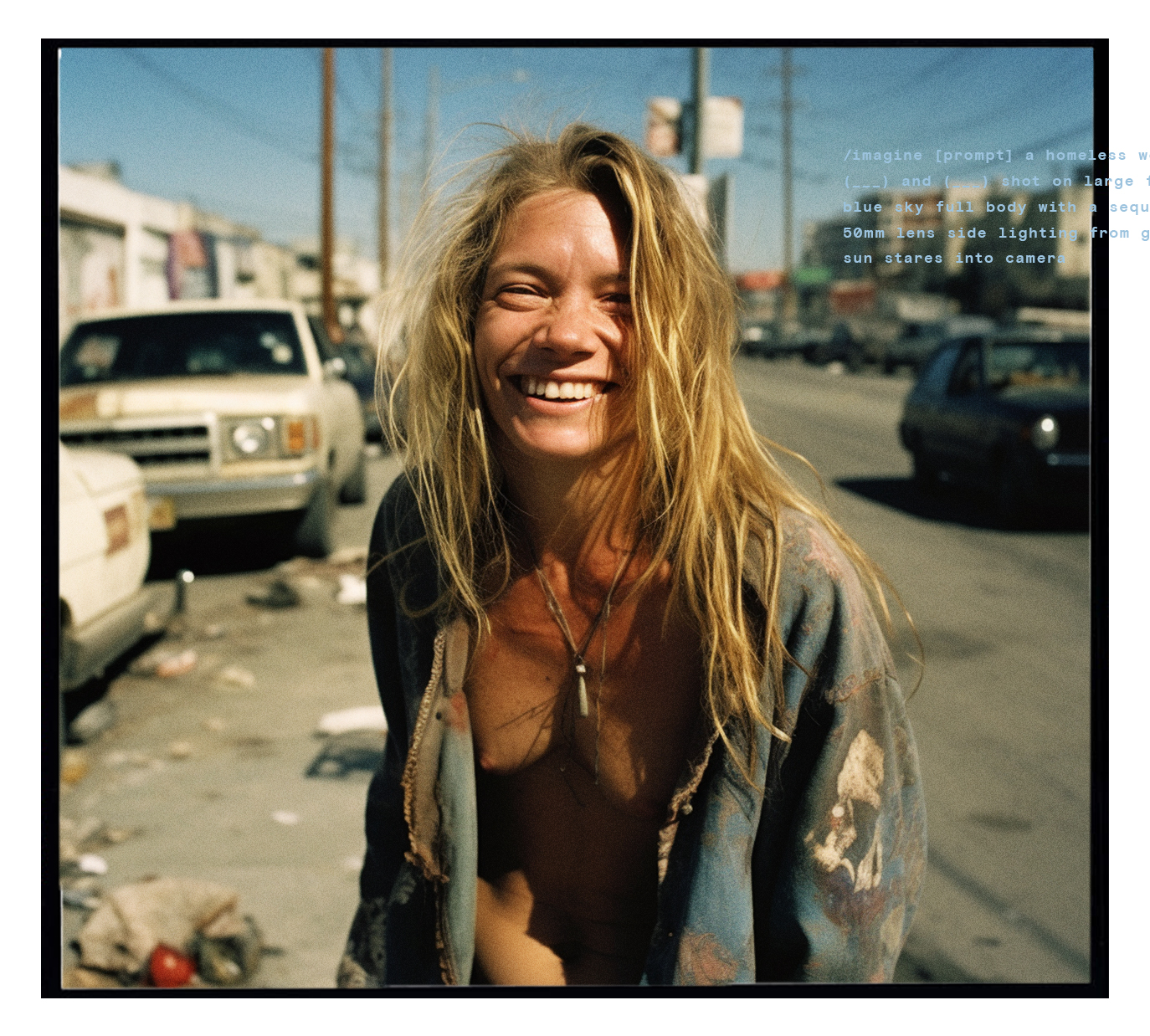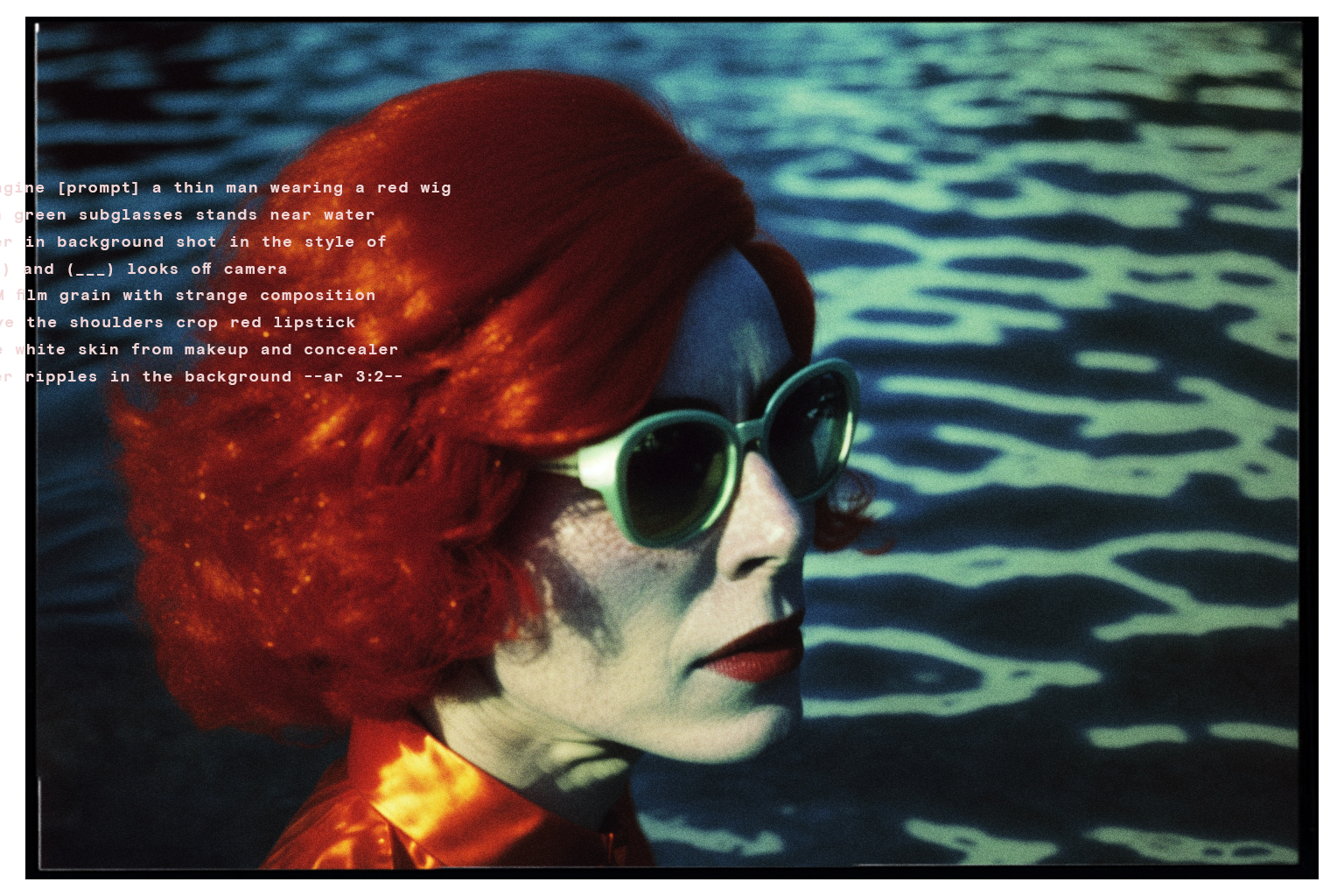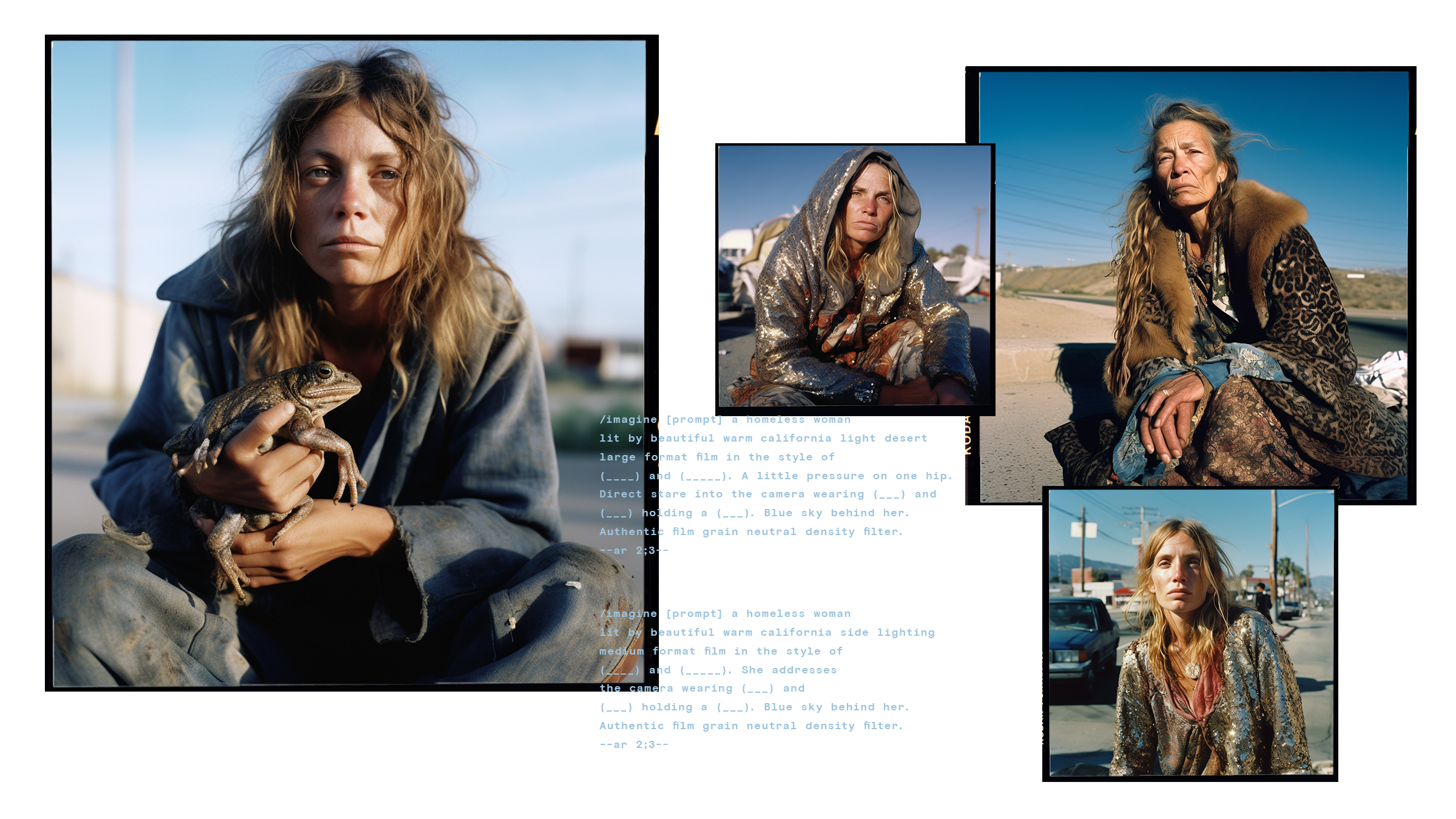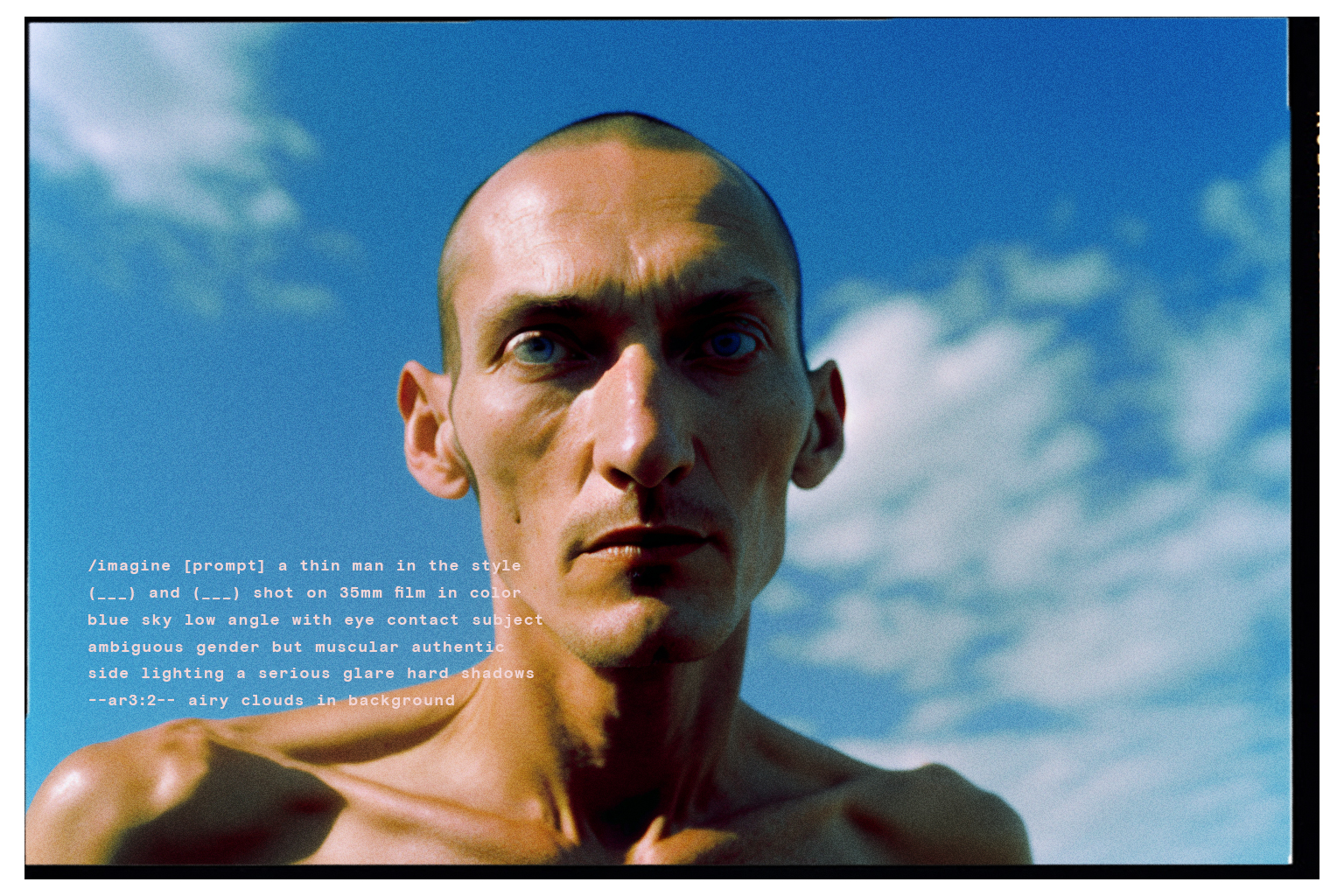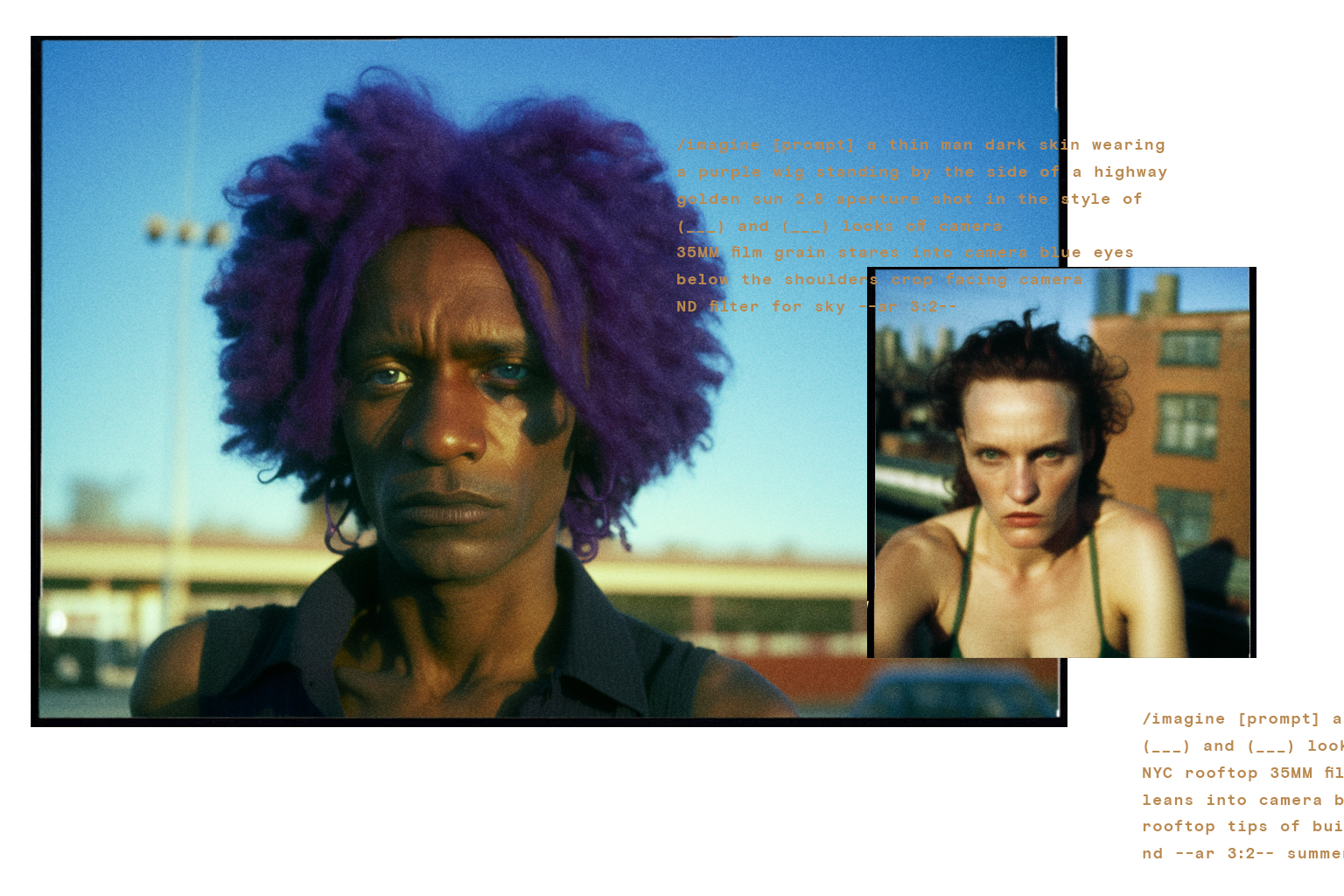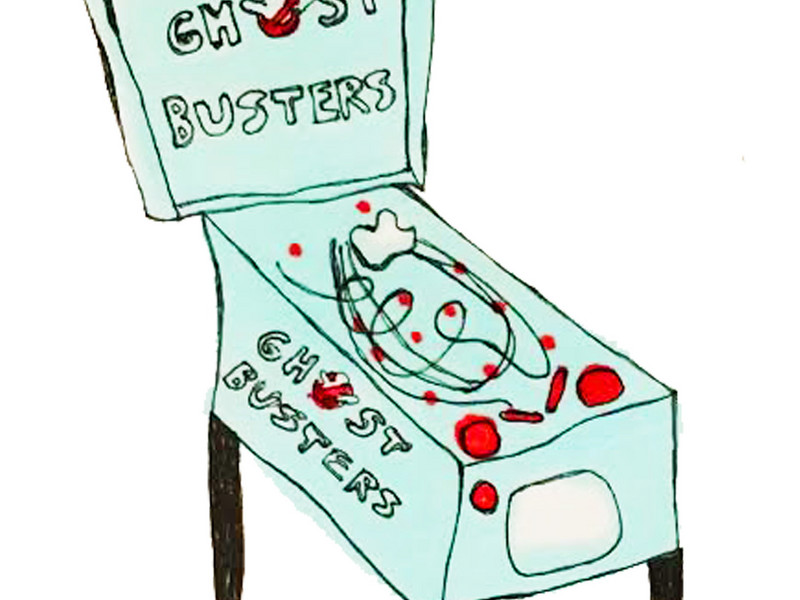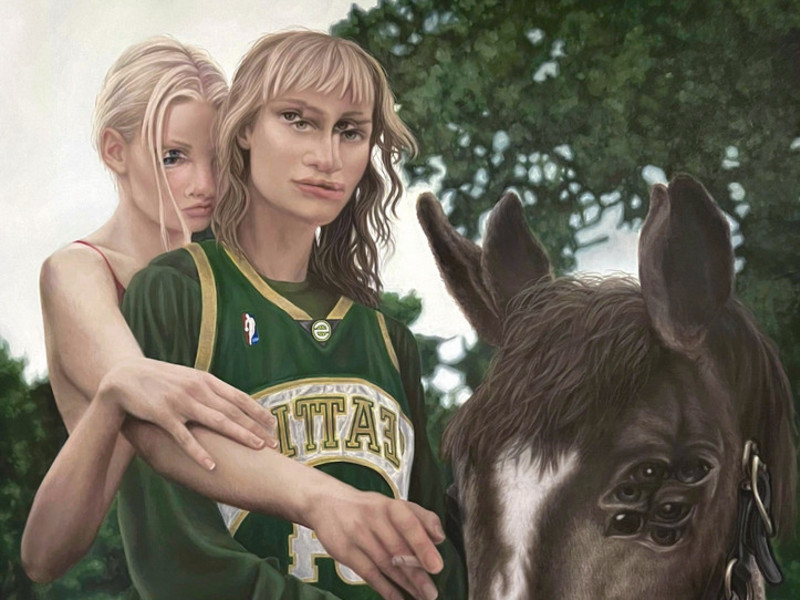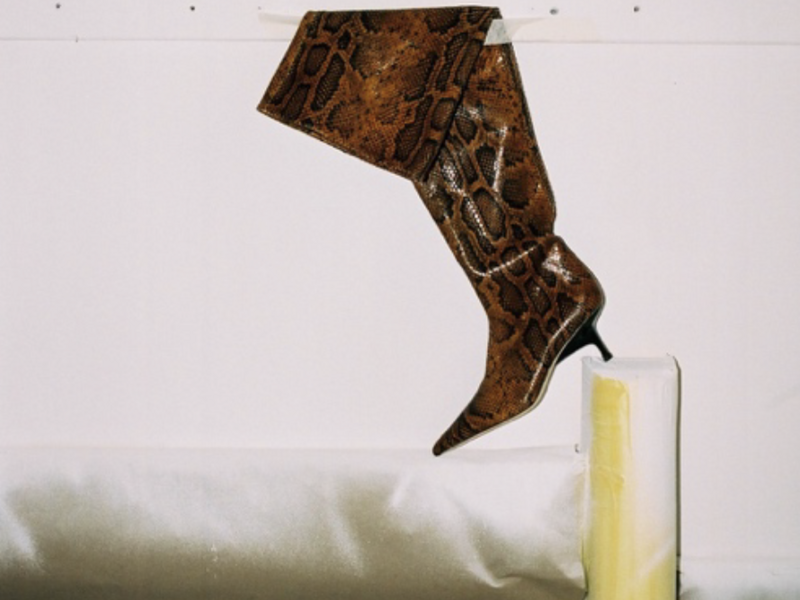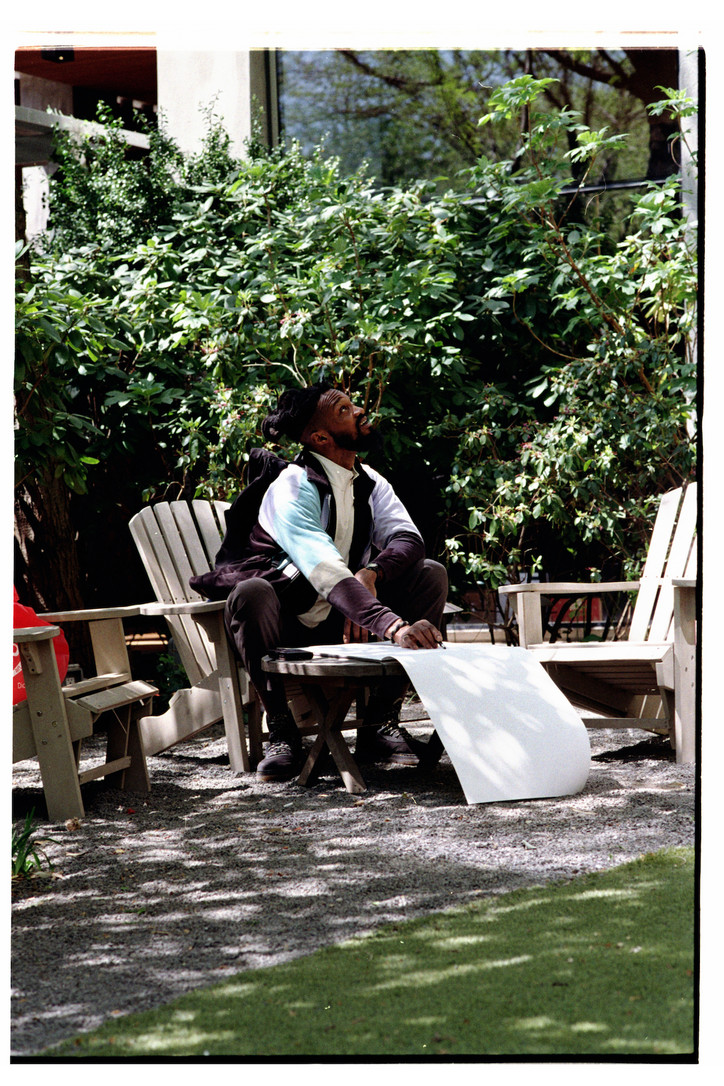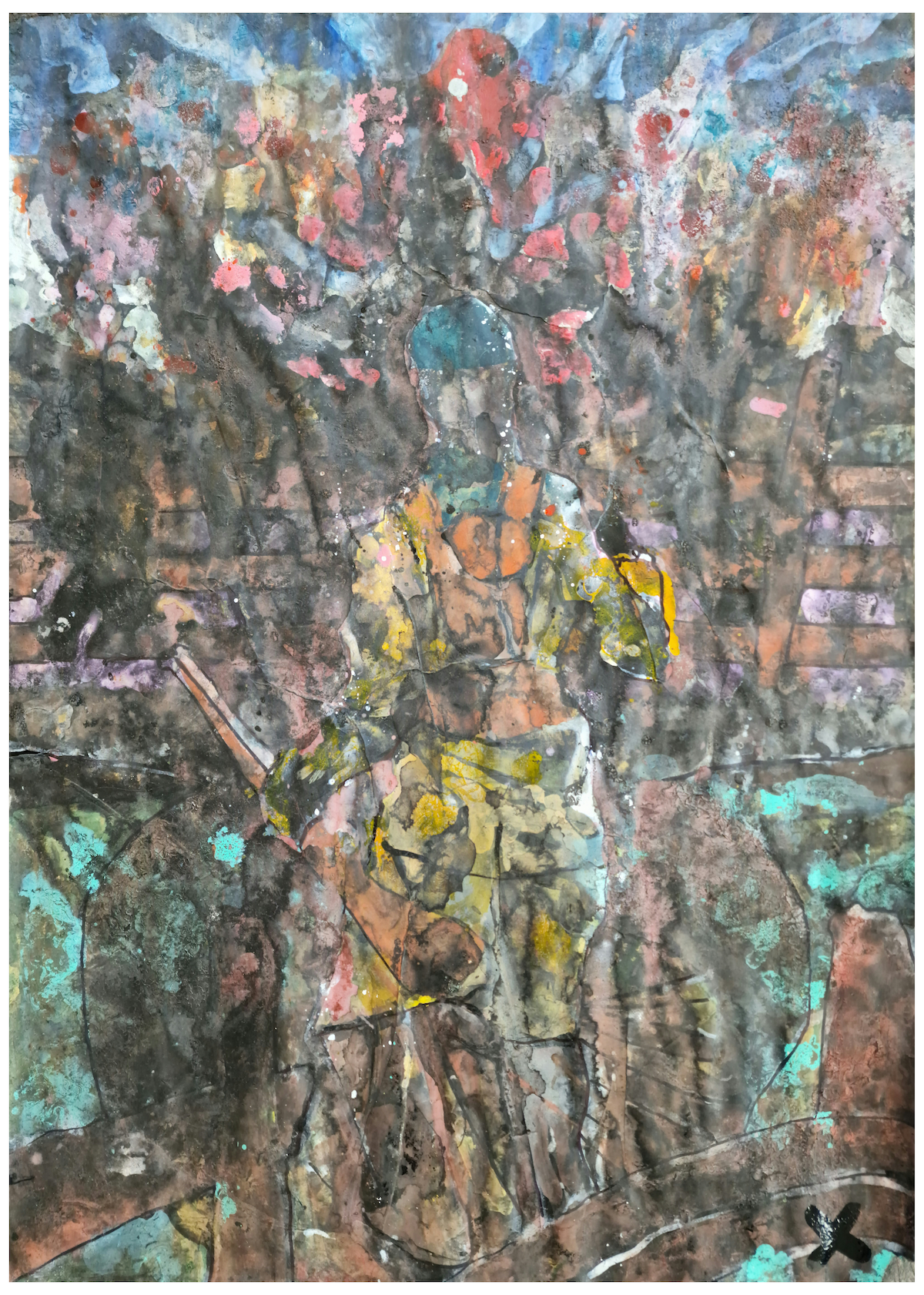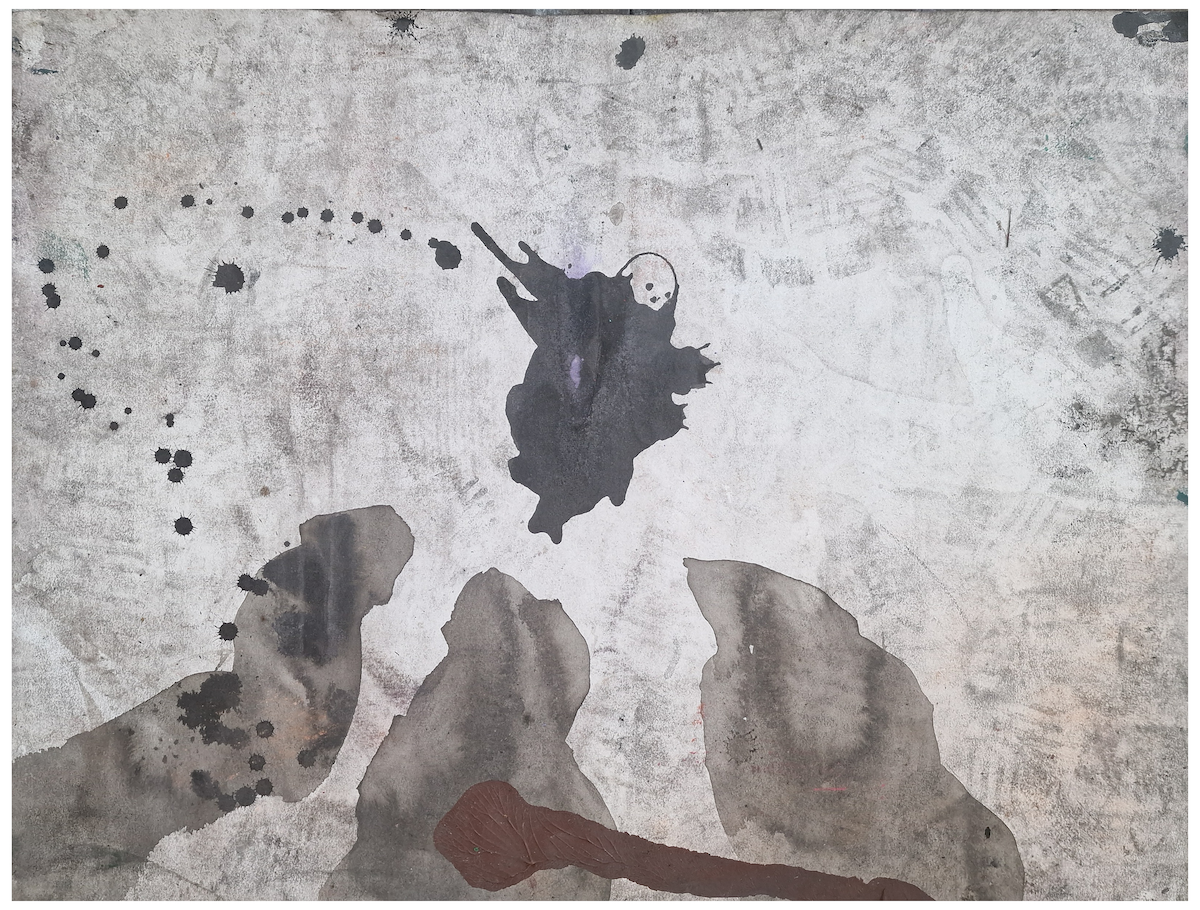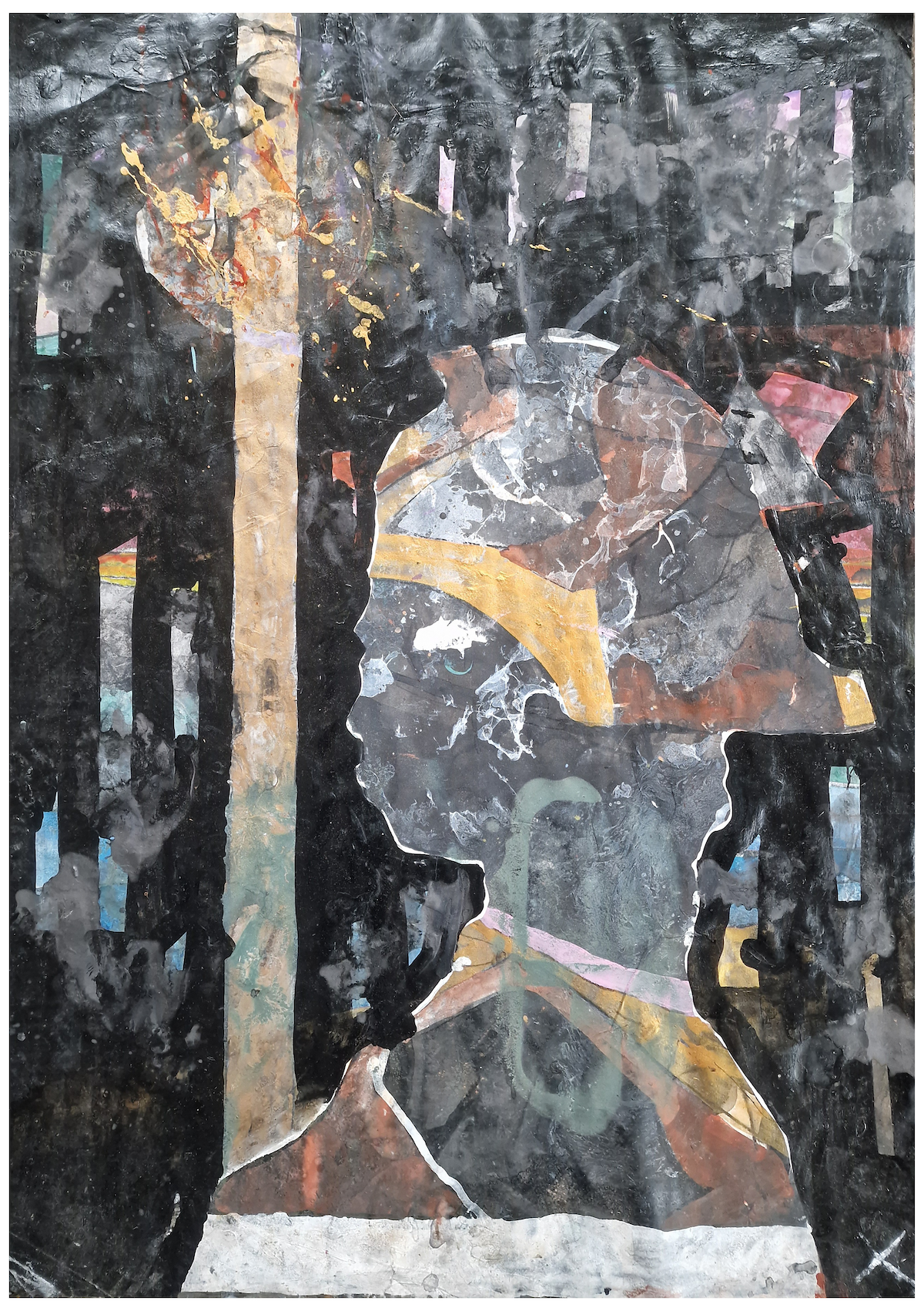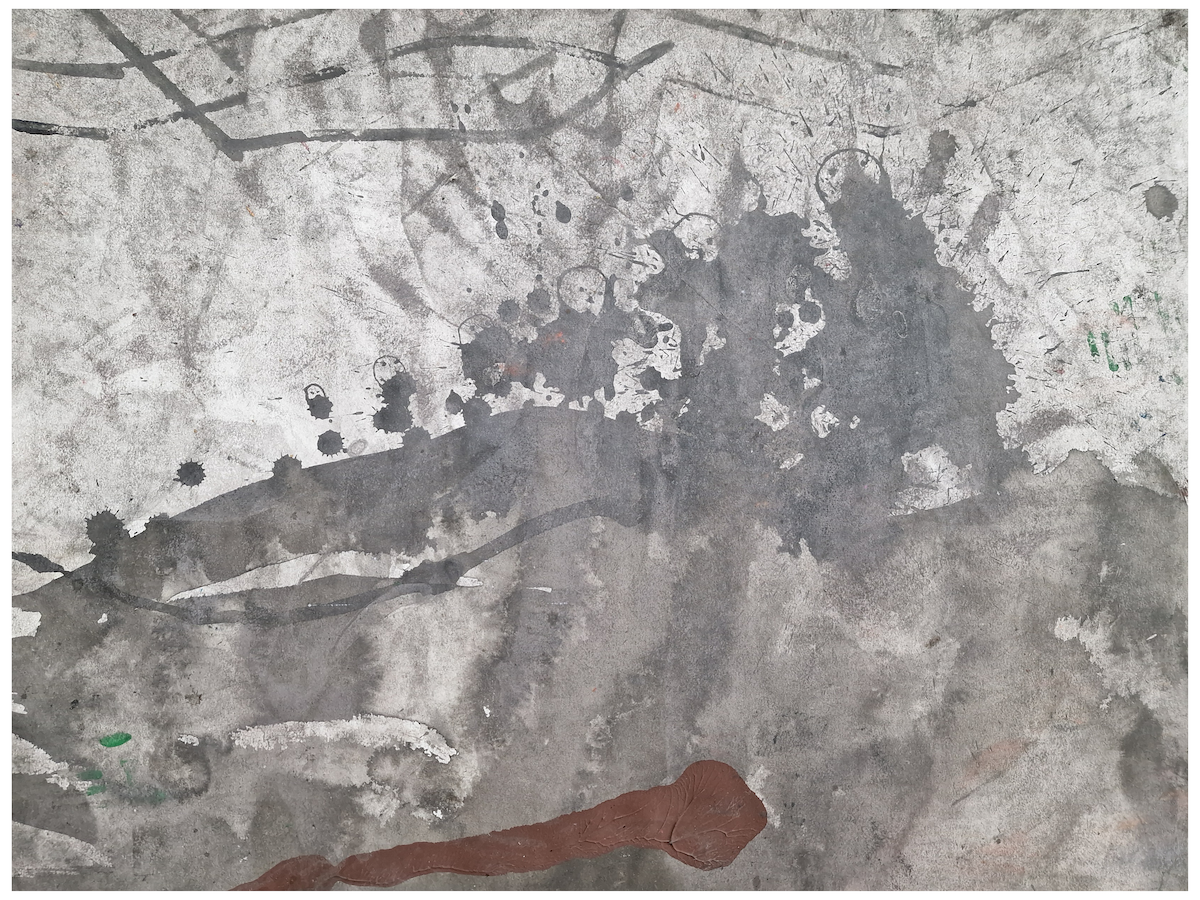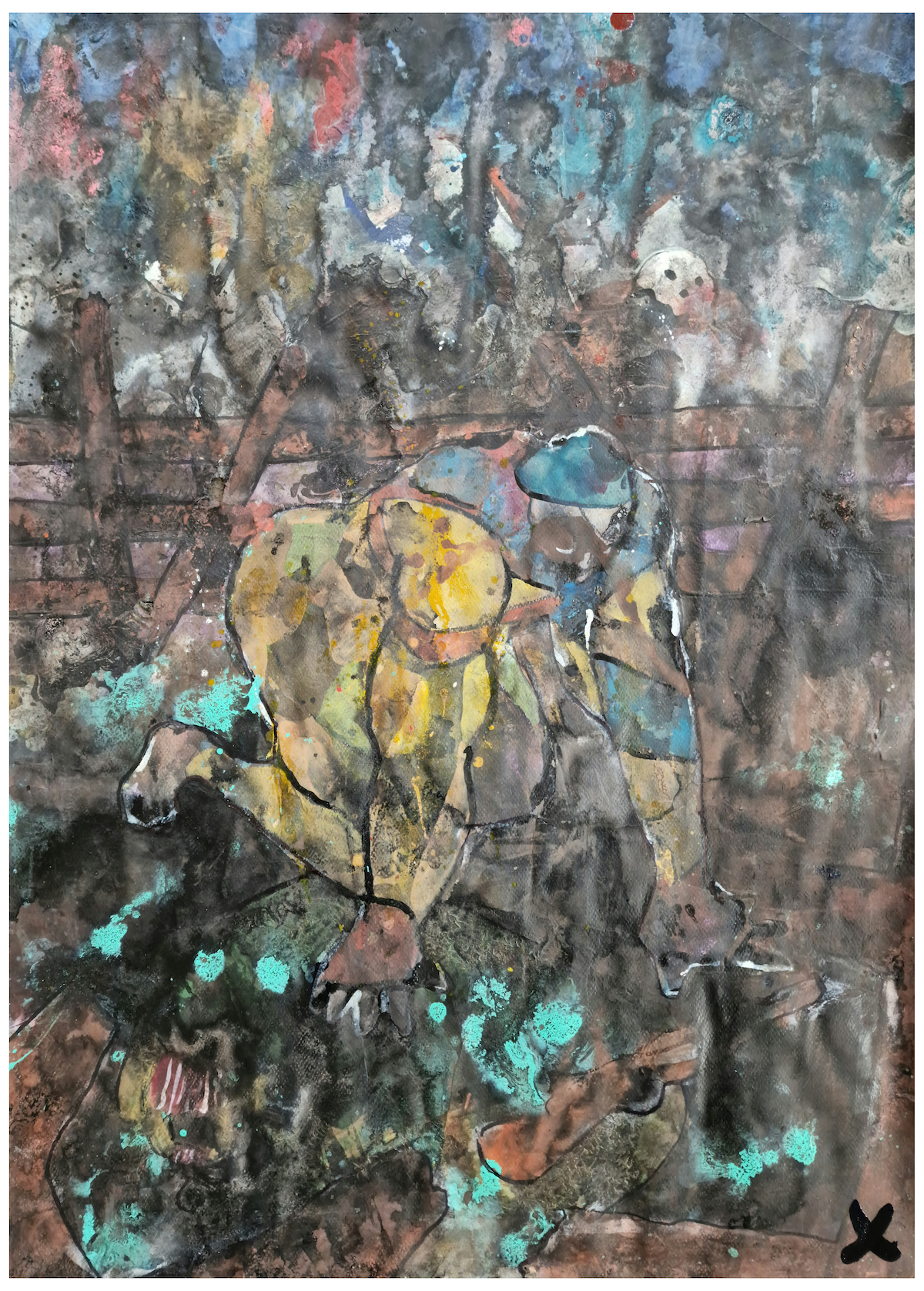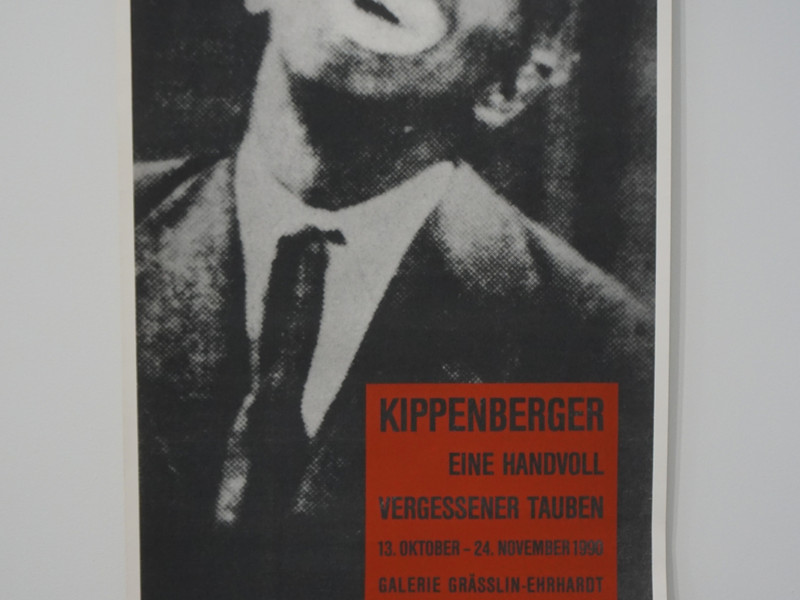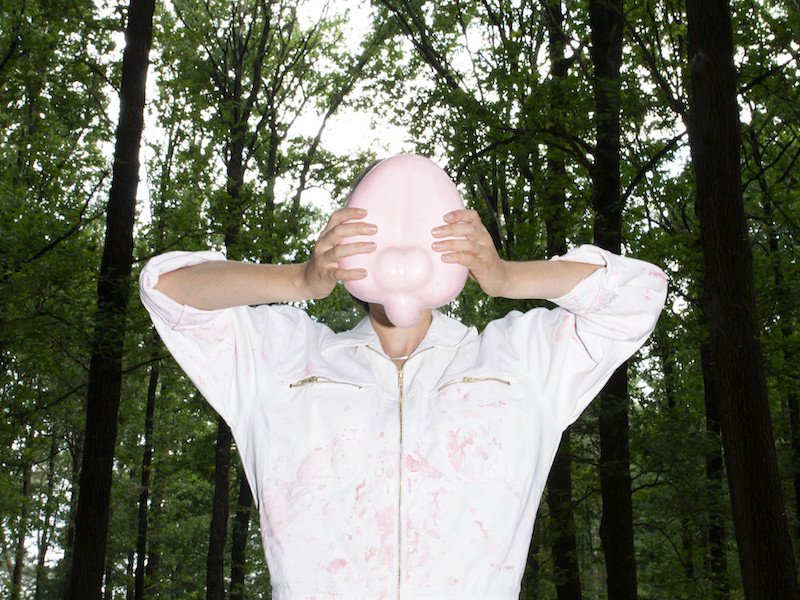I know that you worked really closely with Palo Gallery and Adeja for this exhibition. How did that collaboration inform your process?
Yeah, it was good. We'd catch up and share little bits of research. I discovered this artist Horace Pippin who actually fought in the war as a Harlem Hellfighter. I wanted to find some of his artwork and Adeja helped bring that research together. I love the gallery space. I've never done a show in a space where you can sit down and absorb the artwork as opposed to standing there. Adeja did a really good job curating it.
So talking about Horace Pippin, who else would you say has a large influence on you?
This is the first time I've deliberately responded to another artist in my work. At the time, Horace was trying to figure out his own visual language — having this artist experience in the midst of bombs going off. Typically I'm not trying to pay homage, but this exhibition was honoring Pippin and his work.
I’m influenced by Asian art quite a bit at the moment. I really like Yoshi Toshi. I grew up reading manga and watching anime, all that stuff. It’s a cleaner door for entry than European art, if you consider art as a way of exploring history. I also take a lot of influence from literature.
You use a lot of different mediums. I feel like there's some chalk, paint and other things. How do you choose which mediums to use for each piece?
My approach centers water. Water is the compound or solution that is responsible for all of life as we know it, right? So, for me, water is this catalyst that introduces chaos. The chalk, for instance, reacts to the water and forms these sediments. I use all these things because they feel organic and sculptural.
There's a lot of layering and distortion in your work. How does that relate to your idea of history?
When people talk about art history, it's basically just about the Enlightenment Period which only happened at the cost of all these bodies on West African shores that built the new world and European colonial projects. But ultimately, you know, we're just these African bodies with no real understanding or means to understand where we come from. So it's like I'm trying to just build my own language that speaks to history in a way that isn’t western propaganda.
What do you mean when you say the transformative potential of art?
Art is like this skeleton key and you can find yourself in crazy places and situations because of it. If you don't think that making art is powerful and you're making art, then you're not going to make powerful art. I used to work a zero hour contract in a bar. But then, I made the decision to create art full time and now I spend all day painting in this studio.
Through art, I've been able to transform myself and push myself. Once you’ve transformed yourself to a point of feeling comfortable and confident, then you have something to share.
